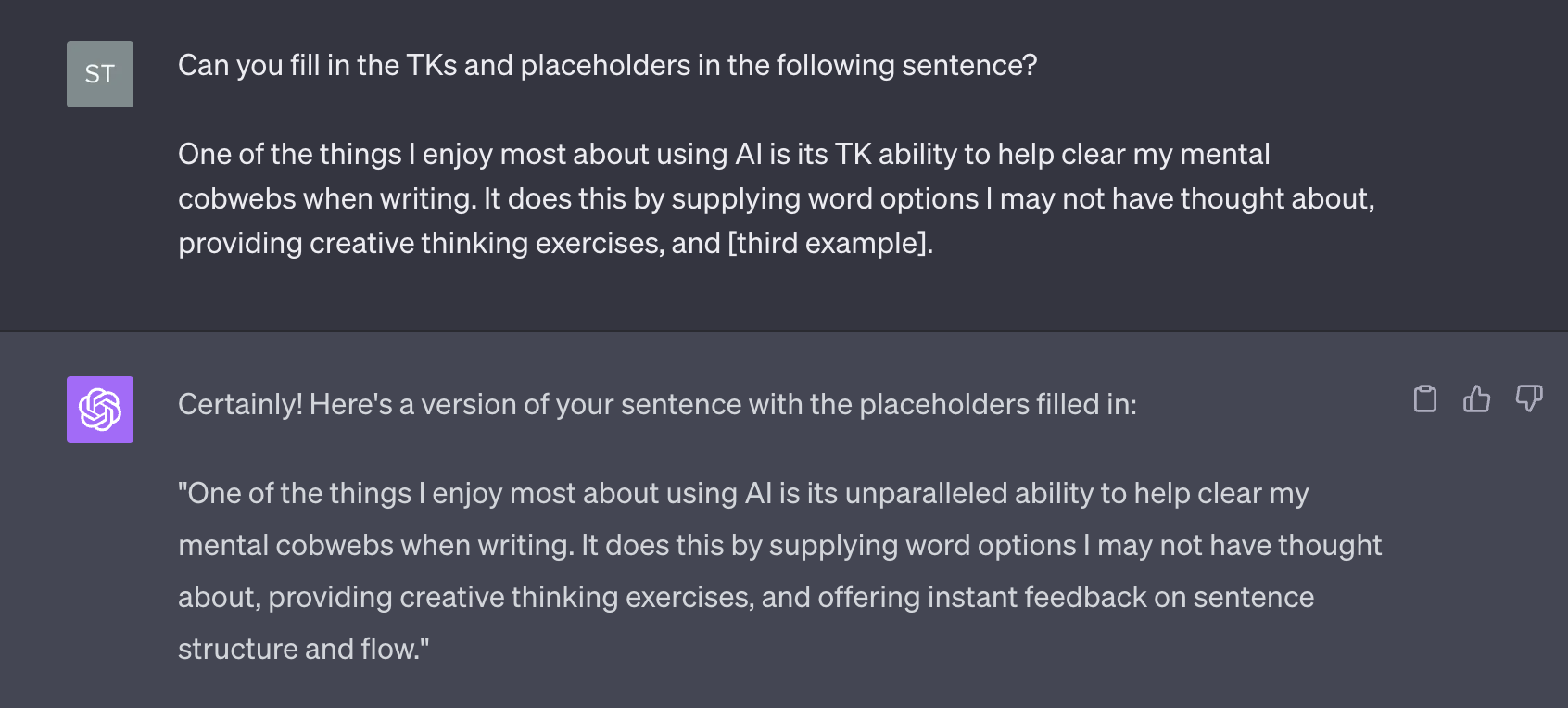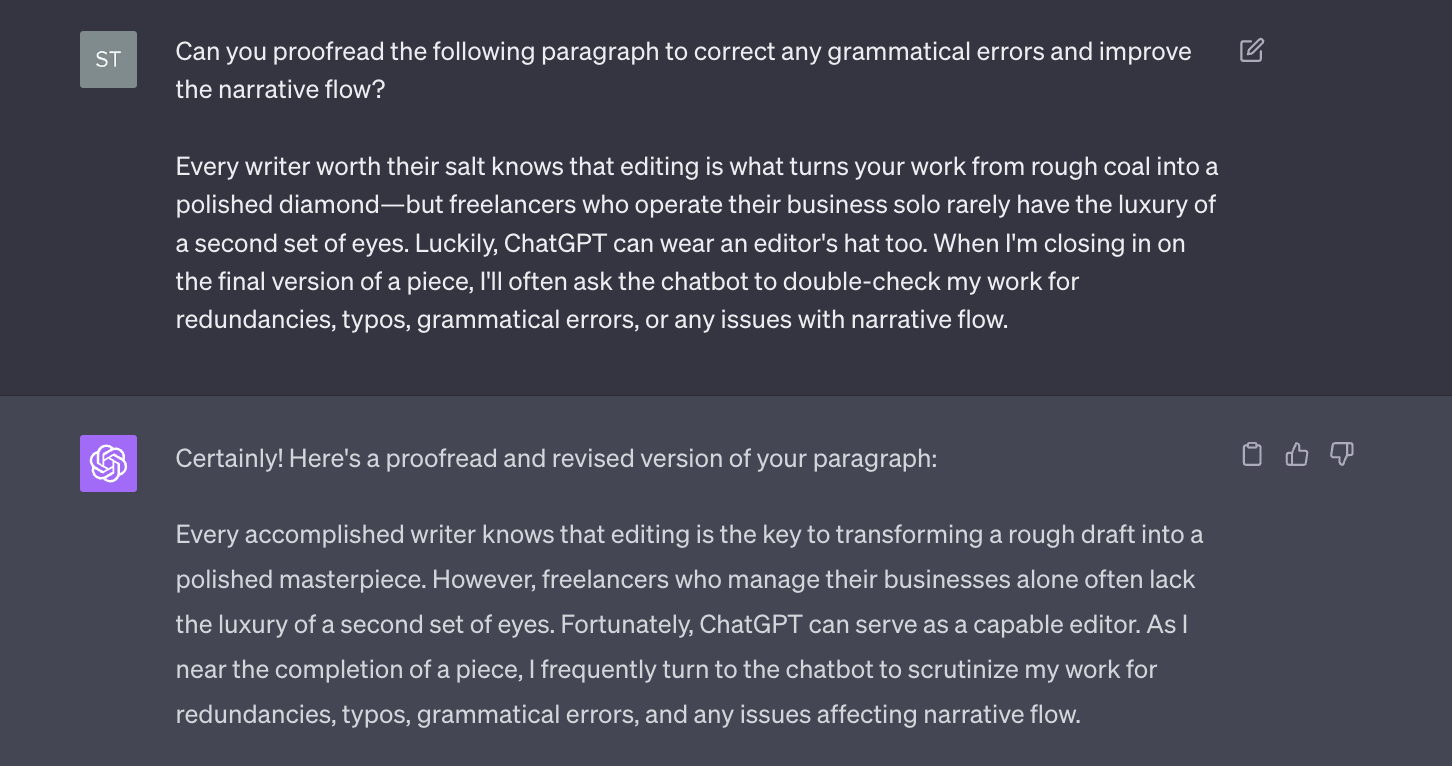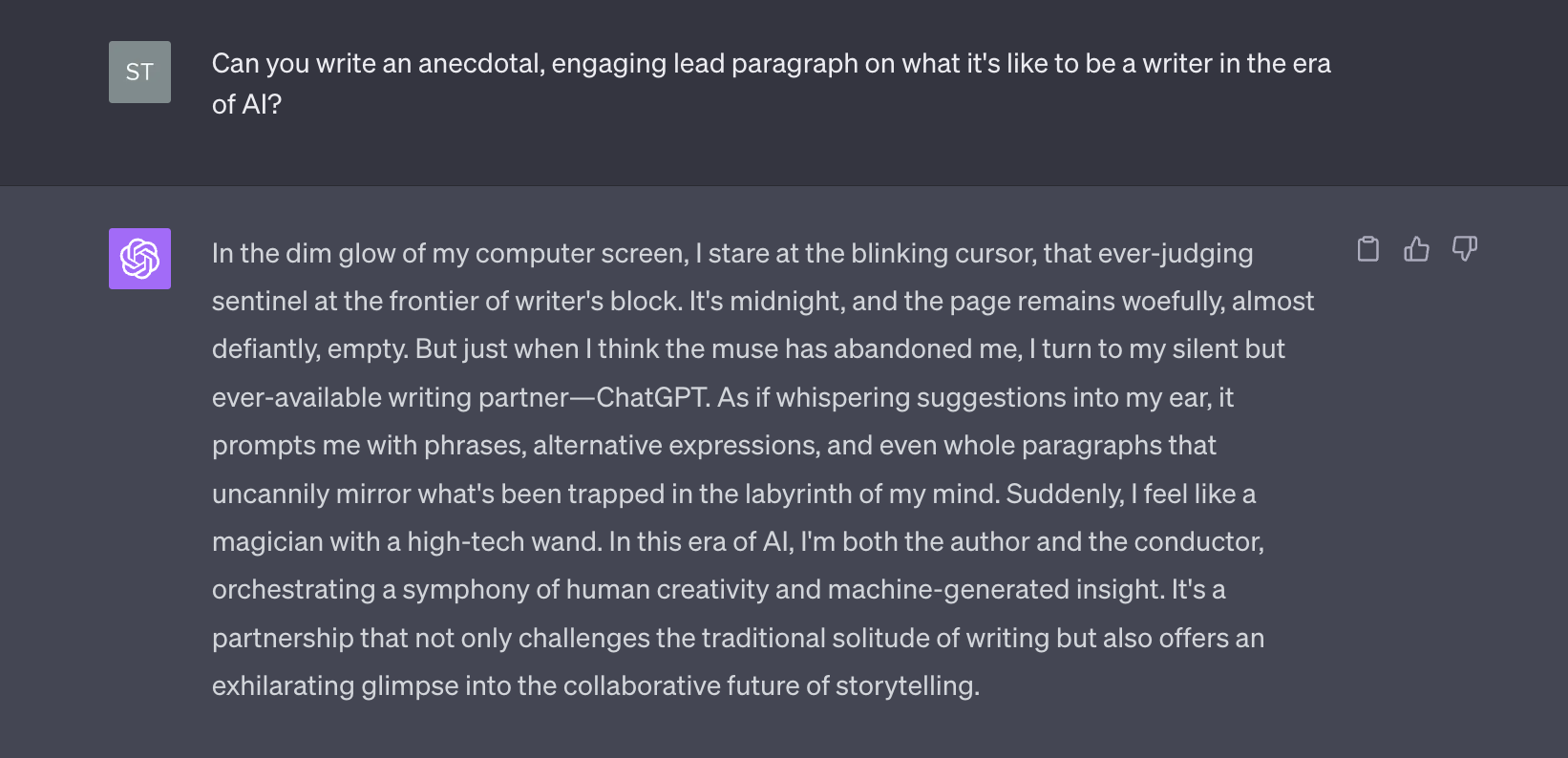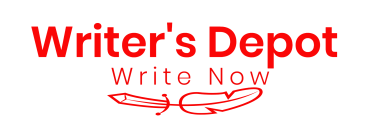I am a puzzle person. At any given time, I—a full-grown adult—have multiple half-completed puzzles strewn across the surfaces of my apartment. Thousand-piecers are my forte.
I think the reason I love writing and editing so much is that it’s a lot like putting together a puzzle: rearranging words, slotting quotes into the sections they suit best, and cutting and pasting paragraphs to find the most satisfying fit.
Maybe this is why, despite my reservations about the technology, I’ve genuinely enjoyed playing around with generative AI over the past six months. While I have yet to get an engine like ChatGPT to produce a client-ready article on its own (nor do I think such a practice would be particularly ethical), I have found it useful for certain pieces of the puzzle.
Here are a few of the most helpful ChatGPT use cases I’ve encountered.
“Fill in the blanks” in a first draft
I often write fast and furiously, using “TK” placeholders in text when I can’t think of the precise word I want to use. ChatGPT can help me fill in those blanks.

Even if I don’t agree with the AI’s suggestions, they’re often helpful for breaking out of writer’s block. And if the chatbot is really off-base, I can simply adjust the text or add contextual clues to prompt a different answer.
Prompt to use: “Please fill in the placeholders and TKs in this sentence: ‘[Insert sentence],’” or, “Please provide five alternative word options to ‘[word]’ in the following sentence: [Insert sentence].’”
Clarifying AI-transcribed text
Transcribing interviews used to be my least favorite part of my job—but a couple of years ago, I started using Otter.AI for this tedious task. The AI-fueled transcription tool can generate transcripts from hour-long audio or video files in minutes.
While Otter is infinitely faster than manually transcribing something, it does tend to hiccup and misinterpret words, industry-specific jargon, and names. The translated text is also often repetitive and full of filler phrases and grammatical mistakes, meaning the transcript needs finessing before quotes are publishable.
I’ve had great success asking ChatGPT to clean up and clarify transcripts. Sometimes, it even fixes glaring errors from Otter’s version. That’s right: An AI editor correcting an AI transcriber… the future, ladies and gentlemen.

Pro tip: It’s helpful to give ChatGPT as much context as possible when asking it to clean up a transcript, including the name, title, and a brief background of the source, as well as why they’re important to the larger piece of content you’re composing.
Prompt to use: “Please clean up the following transcript” or “Please provide a one-paragraph synopsis of the following transcript.”
Preparing for SME interviews
I write for a lot of tech clients, and while I’m not personally an expert on things like “digital core migration for financial institutions,” I need to come into my interviews informed.
When I’m staring down a daunting subject matter, I often ask ChatGPT to synthesize client materials or explain complex concepts to me as if I were in high school. This is hugely helpful for wrapping my head around some of the more technical topics I have to wrangle. I’ve even used the tool during interviews to have it explain unfamiliar terms on the fly in real time.

Of course, whenever possible, it’s a good idea to fact-check what the bot says—hallucinations are still one of the technology’s major weak spots.
Prompt to use: “Can you explain [concept] to me in two paragraphs? Please explain it like I’m in high school.”
An extra set of editor’s eyes
Every writer worth their salt knows that good editing turns your work from rough coal to a polished diamond. But freelancers who operate their businesses solo rarely have the luxury of a second set of eyes.
Luckily, ChatGPT can wear an editor’s hat, too. When I’m closing in on the final version of a piece, I’ll often ask the chatbot to double-check my work for redundancies, typos, grammatical errors, or any issues with narrative flow.

On average, I only accept around 10-20% of the chatbot’s suggestions—we all have our stylistic preferences, after all. That said, I’ve been impressed with the AI’s editorial chops and eye for detail. On a couple of occasions, it’s even pointed out logical flaws in some of my arguments.
Prompt to use: “Can you proofread the following draft for grammatical errors and typos? [Copy and paste draft].” or, “What edits can I make to the article below that might improve the piece’s narrative flow? [Copy and paste draft].”
ChatGPT use cases where AI still falls short
Look, I love long-form writing. I routinely hand in articles that are 500 words over the requested length. But ChatGPT loves wordiness even more than I do—and it really loves repeating itself. While you can use prompt engineering and hyper-specific requests to refine the responses, this process can take almost as long (or even longer) than just penning the content yourself.
This is just one of the reasons why I still think humans trump robots when it comes to readable, valuable, and engaging writing. Another is that AI’s capabilities with literary devices like metaphor or allegory are shaky at best. It tends to be over the top—or simply fall flat—when it comes to things like puns. Sometimes when I ask for an “anecdotal lede,” it gives me a response that is incredibly extra. Tone overhauls, too, can be hit or miss.

Again, I find the biggest strength of AI here to be more of a nugget, spark, or kernel than a fully formed piece of coherent, client-ready writing.
In other words, while ChatGPT has become a useful part of my freelancer’s toolkit, handing me the occasional missing piece—or even suggesting how existing ones might better fit together—it hasn’t yet managed to complete the puzzle for me. For now, I still get the job (and the joy!) of snapping those pieces into place.
ChatGPT use cases will continue to expand. Subscribe to the Contently blogs The Content Strategist and The Freelance Creative, and follow us on LinkedIn and X to stay in the know on the changing landscape of AI and freelance writing.
Go to Source
Author: Stephanie Walden
